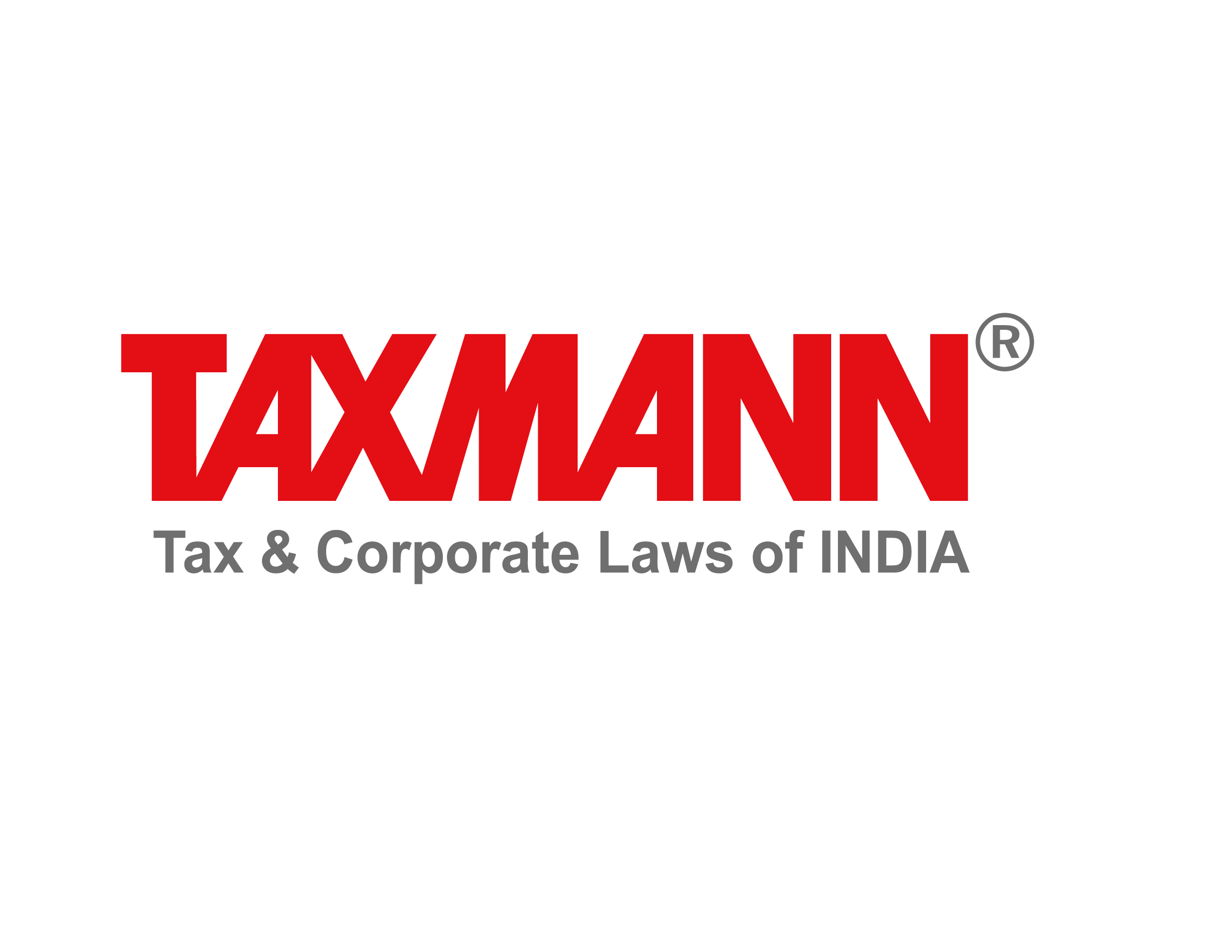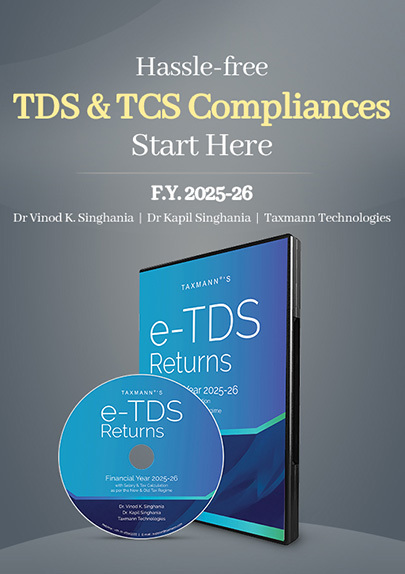GST Refund Application Cannot Be Rejected Solely on Ground That It Was Not Submitted Electronically | HC
- News|Blog|GST & Customs|
- 2 Min Read
- By Taxmann
- |
- Last Updated on 28 April, 2025

Case Details: AVT MC Cormic Ingredients (P.) Ltd v. Deputy Commissioner Central Tax & Central Excise - [2025] 173 taxmann.com 545 (Kerala)
Judiciary and Counsel Details
- Bechu Kurian Thomas, J.
-
A. Kumar, Sr. Adv., P.J. Anil Kumar for the Appellant.
-
G. Mini, P.S. Sree Prasad & Job Abraham, Advs. for the Petitioner.
-
Sreelal N. Warrier, SC & P. G. Jayashankar, Adv. for the Respondent.
Facts of the Case
The petitioner, an exporter of spices, herbs, and flavors, submitted letters of undertaking without payment of integrated tax and claimed a refund of unutilized ITC. For the period when attempts were made to file a refund application in the electronic mode, an error was displayed. Thus, the petitioner filed a manual application for refund. Aggrieved by the manual application, the department rejected the refund application. The department contended that the application for refund filed manually cannot be accepted and processed in view of Rule 89 (1) of the CGST Rules read with Section 54 of the CGST Act. Aggrieved by the order, the petitioner filed a writ petition.
High Court Held
The High Court held that Rule 89 of the CGST Rules describes that a person claiming refund of any tax, interest or penalty may file an application electronically in Form GST RFD-01 through the common portal. However, Rule 97A of the CGST Rules, stipulates that, notwithstanding anything contained in Chapter X, any application/intimation, notice, order or certificate referred to in that chapter shall include manual filing as well. Both electronic applications as well as manual applications are permitted to be filed. If electronic application for refund is the only mode contemplated, the provisions of Rule 97A would become redundant and even a dead letter. Such an interpretation cannot be adopted. In view of Rule 97A of the CGST Rules, the order rejecting the petitioner’s application for refund solely on the ground that it was not submitted electronically is perverse and legally erroneous.
List of Cases Reviewed
- Laxmi Organic Industries Ltd. v. Union of India [2021 SCC Online Bom. 10539/[2021] 133 taxmann.com 65/89 GST 463/63 GSTL 452 (Bombay)] (para 7), followed
List of Cases Referred to
- Laxmi Organic Industries Ltd. v. Union of India [2021] 133 taxmann.com 65/[2022] 89 GST 463/63 GSTL 452 (Bombay) (para 7).
Disclaimer: The content/information published on the website is only for general information of the user and shall not be construed as legal advice. While the Taxmann has exercised reasonable efforts to ensure the veracity of information/content published, Taxmann shall be under no liability in any manner whatsoever for incorrect information, if any.

Taxmann Publications has a dedicated in-house Research & Editorial Team. This team consists of a team of Chartered Accountants, Company Secretaries, and Lawyers. This team works under the guidance and supervision of editor-in-chief Mr Rakesh Bhargava.
The Research and Editorial Team is responsible for developing reliable and accurate content for the readers. The team follows the six-sigma approach to achieve the benchmark of zero error in its publications and research platforms. The team ensures that the following publication guidelines are thoroughly followed while developing the content:
- The statutory material is obtained only from the authorized and reliable sources
- All the latest developments in the judicial and legislative fields are covered
- Prepare the analytical write-ups on current, controversial, and important issues to help the readers to understand the concept and its implications
- Every content published by Taxmann is complete, accurate and lucid
- All evidence-based statements are supported with proper reference to Section, Circular No., Notification No. or citations
- The golden rules of grammar, style and consistency are thoroughly followed
- Font and size that’s easy to read and remain consistent across all imprint and digital publications are applied



 CA | CS | CMA
CA | CS | CMA
